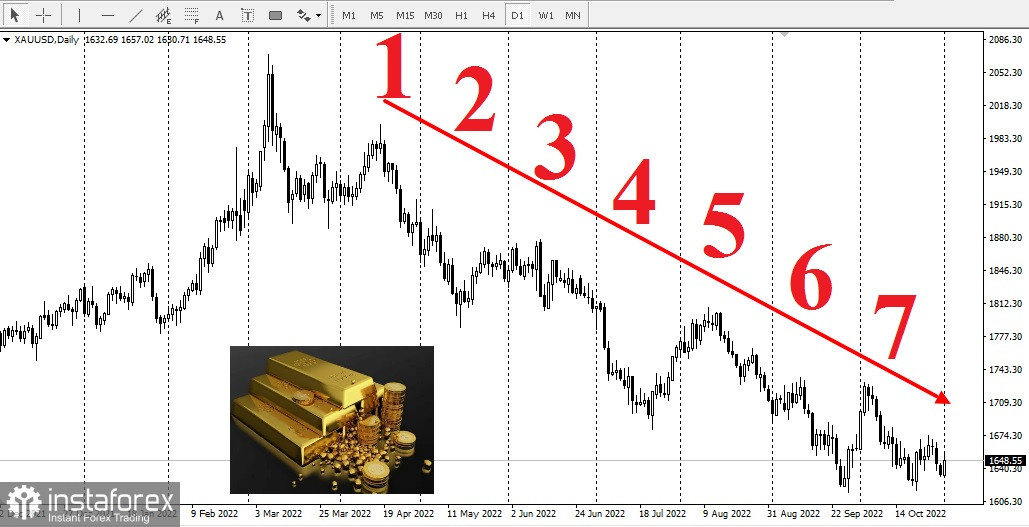
Gold purchases by central banks have reached a record high level in the previous quarter, a quarterly report by the World Gold Council said. However, major players remain anonymous.
According to WGC's report, which was released on Tuesday, central banks have bought almost 400 tons of the precious metal in the third quarter of 2022, a 300% increase from a year ago.
Since the beginning of 2022, central banks have bought 673 tons, more than any other annual total since 1967, when the US dollar was still backed by gold.
The biggest known purchasers of gold are Turkey, Uzbekistan, and Qatar. There was also a sizeable unknown contingent of buyers. "The level of official sector demand in Q3 is the combination of steady reported purchases by central banks and a substantial estimate for unreported buying," the WGC's report noted.
Russia and China are among countries that do not report their gold purchases regularly.
"Not all official institutions publicly report their gold holdings or may do so with a lag. It's also worth noting that while Metals Focus suggests purchases occurred during Q3, it's possible they may have started earlier in the year," the report said.
From what is known, banks in emerging countries are leading in official gold purchases.
Turkey bought 31 tons of gold in Q3, increasing its gold reserves to 489 tons. Uzbekistan, a consistent buyer of the precious metal, increased its reserves by 26 tons in the third quarter. Furthermore, the Qatar Central Bank added 15 tons of gold in July, its biggest monthly acquisition on record, the report said.
The biggest net seller of gold in the third quarter of 2022 was Kazakhstan, which reduced its gold reserves by 2 tons. "It is not uncommon for central banks who purchase gold from domestic sources to swing between buying and selling," the WGC said.
Record high purchases of the precious metal by central banks contrast with gold's performance in the market. The commodity has been sliding down for seven consecutive months due to aggressive monetary tightening by the Federal Reserve and the resulting rise of USD and US Treasury bond yields.
The seven consecutive months of losses is the biggest losing streak for gold in more than 50 years.
 Furthermore, the strong outflow of gold-backed ETFs have significantly influenced prices. Many analysts do not expect the trend to change until the Fed changes its monetary policy.
Furthermore, the strong outflow of gold-backed ETFs have significantly influenced prices. Many analysts do not expect the trend to change until the Fed changes its monetary policy.
 English
English 
 Русский
Русский Bahasa Indonesia
Bahasa Indonesia Bahasa Malay
Bahasa Malay ไทย
ไทย Español
Español Deutsch
Deutsch Български
Български Français
Français Tiếng Việt
Tiếng Việt 中文
中文 বাংলা
বাংলা हिन्दी
हिन्दी Čeština
Čeština Українська
Українська Română
Română

